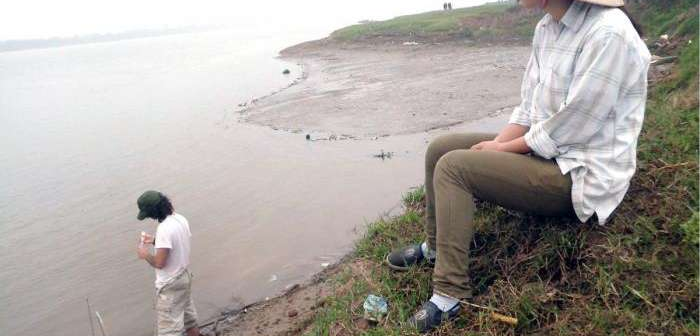Monsoonal regions such as Hanoi, Vietnam consist of lands with higher ground water levels than rivers or wetlands, which causes water to flow from aquifers in to nearby waterways. An increase in urban water pumping however has caused a reverse effect causing river or wetland water contaminated with dissolved arsenic to flow in to aquifers. Arsenic contamination affects many other countries including parts of the United States however; this effect seems much greater in Southeast Asia especially in underprivileged communities.
The Red river near Hanoi has been tested by scientists and was found to have rather high amounts of dissolved arsenic. By testing this river, the scientists concluded that the arsenic concentration was highest where the river flow was slow and new sediment was deposited. Fresh sediments are easily capable of releasing arsenic as water flows, thus contaminating rivers, which seeps in to groundwater due to the increase of urban water pumping.
The arsenic in the Red River comes from iron oxides that has been carried down by streams from the mountains. When this iron oxide is deposited in the river beds, they are exposed to an environment low in oxygen and high in organic matter. The bacteria then releases the oxygen from iron oxide and this natural process then releases arsenic in to the water. This processes is generally occurs quickly within a matter of months where concentrations of 1,500 to 2,000 micrograms per liter have been found from new sediment. Read more
Photo source (Phys.org)



